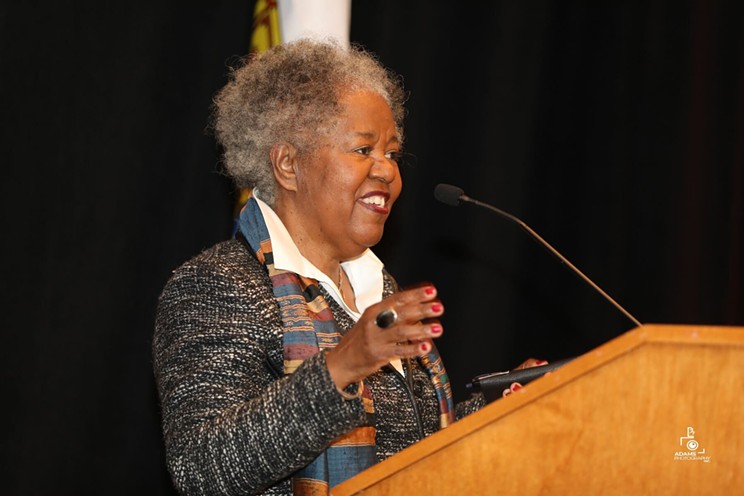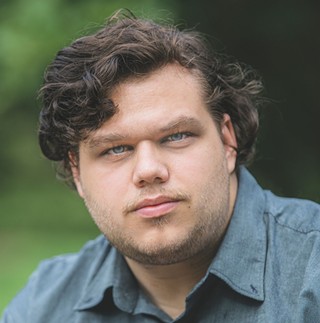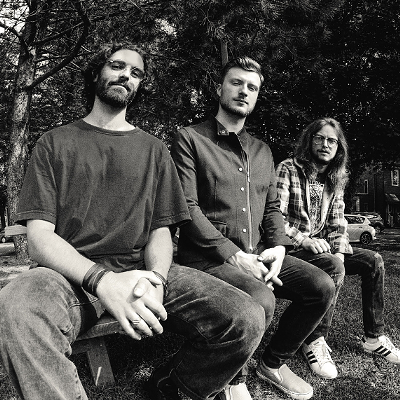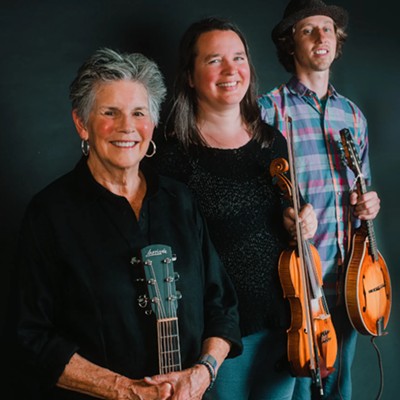Sylvia D. Hamilton, a filmmaker and poet who has spent her career telling the stories of African Nova Scotians, is now a member of the Order of Canada.
Hamilton was named alongside two other Nova Scotians—Dalhousie professor Kenneth Rockwood and Sable Island naturalist Zoe Lucas. She learned of the honour after receiving an email a month or two ago.
“I had an email come into my email box asking me to call the Governor General's office and that wasn't anything that was surprising in that I've been on different Governor General's juries in the past,” said Hamilton in an interview with The Coast.
Upon calling the office, she was notified that she was to be inducted as a member of the Order of Canada.
“It's one of those moments in your life that you don't expect, and so when it comes around, there's a bit of incredulity about it.”
While she felt humbled to receive the honour, Hamilton’s thoughts soon turned to her ancestors.
“For me, it immediately brings me to my ancestors, and my great respect and honour for them,” she said. “That is really the second emotion that comes after being surprised and feeling honoured and humbled. It's that I think of my ancestors. And that's why I'm here.”
Finding film
When Hamilton was young, she never said she wanted to be anything in particular. She says that as a young Black girl growing up in Nova Scotia, the most anyone could hope for her was that she stayed in school. With an education, she could at least become a teacher.
“What were my career options? In my mother's generation, for example, she wanted to be a nurse, but Black women were not allowed into nursing, so she became a teacher,” explained Hamilton. “I think initially, when I went to university, I thought I might go into education, but I wasn't sure.”
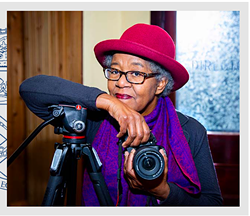
Becoming involved with community development and women’s organizations and media groups in the 1970s gave Hamilton an inkling of what her future might look like. Her passion for photography from a young age also gave her a sense of her skillset.
“Even as a young child, I had a couple of small cameras, and I would take pictures. Often they were just terrible. I would cut people's heads off, and they were blurry, but I think it was really about capturing images and wanting to see people who look like me, and the way you do that is you take them yourself.”
Hamilton had also formed an interest in writing. Though most of her work was kept private, she began publishing poetry and articles into different anthologies.
After a stint as a radio broadcaster, Hamilton married her passions for storytelling and photography together to co-direct Black Mother Black Daughter with Clare Prieto for the National Film Board of Canada. The film looks at the role Black women play in their communities and what they pass on to their daughters.
Her filmmaking philosophy
Hamilton’s career has spanned several avenues of the African Nova Scotian experience. She detailed the history of segregated schools in Nova Scotia and Ontario in her 2007 film The Little Black School House, produced by her company Maroon Films Inc. She investigated the pride found in coming together as a collective group of Black students in a predominantly white high school in Speak It! From the Heart of Black Nova Scotia in 1993.
While many of Hamilton’s films have told stories of generational trauma induced by institutional racism, she has always intended to convey the strength of African Nova Scotians in the face of adversity.
“It's much about the resilience and the will of people of African descent to live lives like anyone else. To survive, to contribute, to raise families, and to have fun and to laugh. What happens for me when I'm working on the various projects is to ensure that that's always there, you know, that sense of people being victimized, but not victims,” she explained.
“Most important from all my historical research is the will to survive because in the work of the next generation, it's to make things better for those who come after,” she continued. “That’s why I mentioned…my honour and respect to my ancestors, because, you know, I am because they were.”

Hamilton is a proponent of Pierre Nora’s concept of sites of memory, which finds places, objects and events can be a container for a collective memory for those who experienced what was there. Hamilton spoke of the concept in reference to her research for The Little Black School House.
“You might go to a location where one of the segregated schools had been and you might look at a gravel driveway. You might look at a field, but in that field, there had been a school and in that ground, I think about the memories of the people who went to that school, and what happened, and how did they do, and what were the teachers doing. So I think that there are just different sites where those stories are buried. The memories are there.
“What I tried to do is, uncover them and make them visible so that we don't forget that people were there, that different events happened, and that people lived, and loved, and struggled.”
Hamilton also played a major role in teaching us about Portia White, the African Nova Scotian contralto singer who became a concert star during the 1940s with her 2000 documentary Portia White: Think On Me. While people may have remembered her name and what she had done, Hamilton said the Canadian historical record had been silent on White’s career during segregation.
Hamilton knew White’s name well—she had been a teacher in Beechville, where Hamilton grew up.
“She taught in the segregated school there before my mother taught there, because my mother was also a teacher, and Portia White boarded in the community with my great aunt,” she said.
Hamilton’s mother had told her White’s classroom had always been very musical, but it wasn’t until she was conducting research on White that she learned her great aunt had hosted her.
“I was talking to my Uncle Reggie, and he told me he'd had a crush on Portia, right when he was a kid,” recalled Hamilton. “He was maybe, I don't know, a teenager, so he used to go to visit my great aunt, but he was really going to see Portia.”
While the personal connection was of interest to Hamilton, her real reason for tackling White’s story was because she was a Black woman who had become a popular singer during a time of segregation.
“How on earth did she become a concert artist in the 1940s? The war period when racism and segregation, and the role of women was just so confined. And so her story as an artist intrigued me and I just felt that I needed to try to explore her story and find out about it and try to bring her back to public consciousness.”
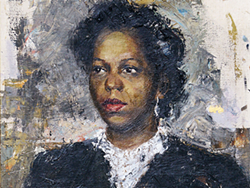
Hamilton was successful in that endeavour. Portia White is now a recognized name with historical articles detailing her history and even places named after her, including the Cobequid Educational Centre’s auditorium in White’s hometown of Truro. Just last month, an opera debuted in Toronto titled Aportia Chryptica, an interpretation of her life from mixed media artist HAUI.
Outside of film, Hamilton is also a poet. She appreciates the simplicity of the form compared to film. Instead of needing a whole crew to help her shoot, script and edit, she can write whatever comes to mind on the page.
“I think, for me, the use of words and trying to capture ideas in words, is important, is another way of exploring stories,” she said. “It can be minimalist, it can be concise, and you capture images or memory in that moment.”
But her life of scribbling poems in various notebooks has led to another filmmaking philosophy for Hamilton—viewing each shot, each script, and each moment of a film as its own kind of poetry.
“When I think about how I create images, when I think about setting up different shots, when I think about talking to the cinematographer that I'll be working with, and helping that person see through my eyes, what are the images that I want to capture and how there's poetry in imagery. There's poetry in photographs. There’s poetry in films.”
Memorable moments
Nowadays, Hamilton lives in Grand Pré after a long career as a journalism professor at the University of King’s College. When asked to think back on anything she would change about her career, she turned the question around.
“It's one of those questions where it can have meaning but at the same time, you can't go back. What I think about more are what I call the signposts, the kind of markers along the way of this journey and why it's been important.”
One of those signposts came when The Little Black School House was being shown at the Oxford Theatre during the Atlantic Film Festival in 2007. School buses from across the province arrived at the theatre to take in some of the films.
While her movie was playing, one child got up to use the washroom. As he passed by Hamilton, he asked if she had made the movie they were watching. She replied affirmatively.
“That’s a very good movie,” Hamilton recalls the boy saying. “The best review ever, right?”
At the same event, Hamilton heard of one child she was distantly related to bragging that he had been cousins with the filmmaker, who he did not know.
“When those kinds of things happen, then you know, for me, I know my work is out there doing its work. And that's what I want to hold on to.”

